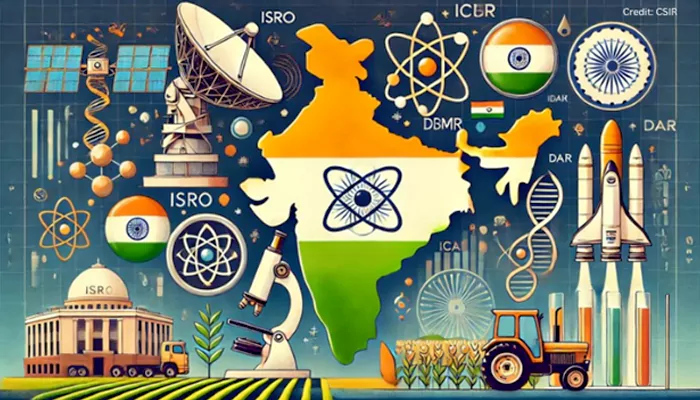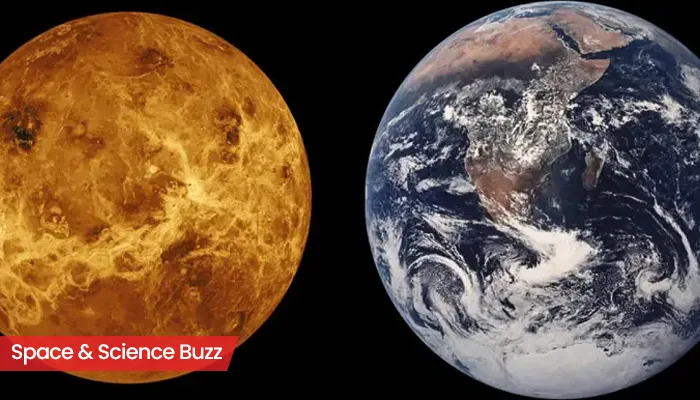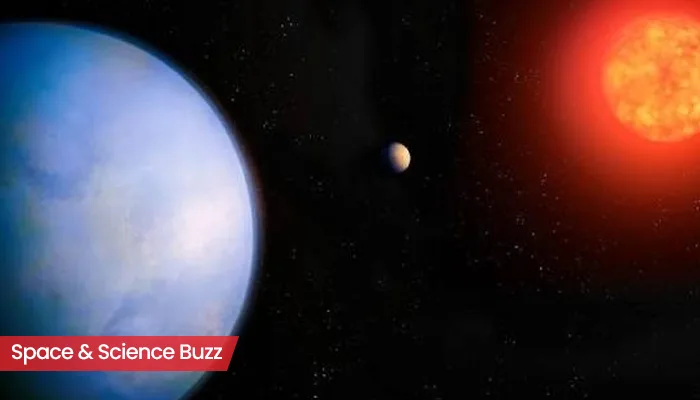Celebrating National Space Day: How Pragyan Rover’s Chandrayaan-3 Mission Revealed Lunar Minerals
- Devyani
- 1 year ago
- 3 minutes read

As India commemorates the first anniversary of the Chandrayaan-3’s milestone moon landing mission today, celebrated as National Space Day, the ISRO chief S. Somanath has provided insights into the process behind the Pragyan rover detecting minerals on the moon's surface.
An hour after the Vikram lander touched down and the lunar dust settled, the Pragyan rover was deployed onto the lunar surface. In the following weeks, ISRO confirmed the successful detection and analysis of mineral compositions by the rover at the Shiva Shakti Point on the lunar surface.
Advanced Instruments on Pragyan: Unveiling the Moon’s Mineral Composition
Equipped with two cutting-edge instruments, the Pragyan rover kick-started its lunar exploration after a successful landing. Alpha particle radiations from the Alpha Particle X-ray Spectrometer (APXS) were employed to interact with the minerals on the surface. After the radiation interacted with the surface, the rover’s spectrometer measured the resulting scattered particles. This aided in the detection of specific minerals on the lunar surface.
The second instrument on the Pragyan rover- the Laser-Induced Breakdown Spectroscopy used a laser beam technique to reveal the elemental composition of the moon’s terrain. It aimed a laser beam at the lunar surface, which led to the emission of fumes from the materials. These fumes were then captured and analysed by the spectrometer on the rover.

Pragyan Rover’s Mobility and Spectral Analysis: Unveiling the Moon’s Geological Secrets
Highlighting the crucial role of the Pragyan rover’s manoeuvrability behind the success of the mission, ISRO chief S. Somanath expressed as he spoke to a group of students, “The rover's ability to move around the landing site, covering a distance of approximately 100 meters, was essential for the thorough execution of its tasks and data collection” explained Somanath. This motility allowed the rover to inspect a broader area, thus providing a more thorough understanding of what composes the lunar surface.
While on his visit, Somanath also probed a model of a futuristic moon colony exhibited at the Planetarium. He grabbed the opportunity to dwell on the significance of spectral signatures in monitoring the data collected by the rover. “The instruments aboard Pragyan studied the characteristic wavelengths emitted by different elements and minerals," he elaborated. "By examining these unique spectral patterns, we were able to precisely determine the elemental composition of the lunar soil."
This breakthrough leap represents important progress in the sphere of lunar exploration as the mission provides extraordinary insights into the Moon’s geological construction. The data collected by Pragyan has not only strengthened our understanding of how the moon was formed and evolved but equally holds promise for the forthcoming lunar mission and future resource utilisation.

Something fascinating was discovered from the data by Pragyan which confirmed that the lunar surface was once enveloped by an ocean of magma. This revelation adds a fresh layer to our concept of the Moon’s geological history and unlocks doors to further exploration.
As scientists analyse the broad spectrum of information provided by the Pragyan rover, the international space community earnestly await the news of some groundbreaking discoveries surrounding our celestial neighbour. These findings can aid in the planning of future lunar missions and the detection of resources that might prove useful in the exploration and potential colonisation of the fifth-largest natural satellite of the solar system.



.webp)
.WEBP)
.WEBP)
.webp)
.webp)


.webp)
.webp)
.webp)